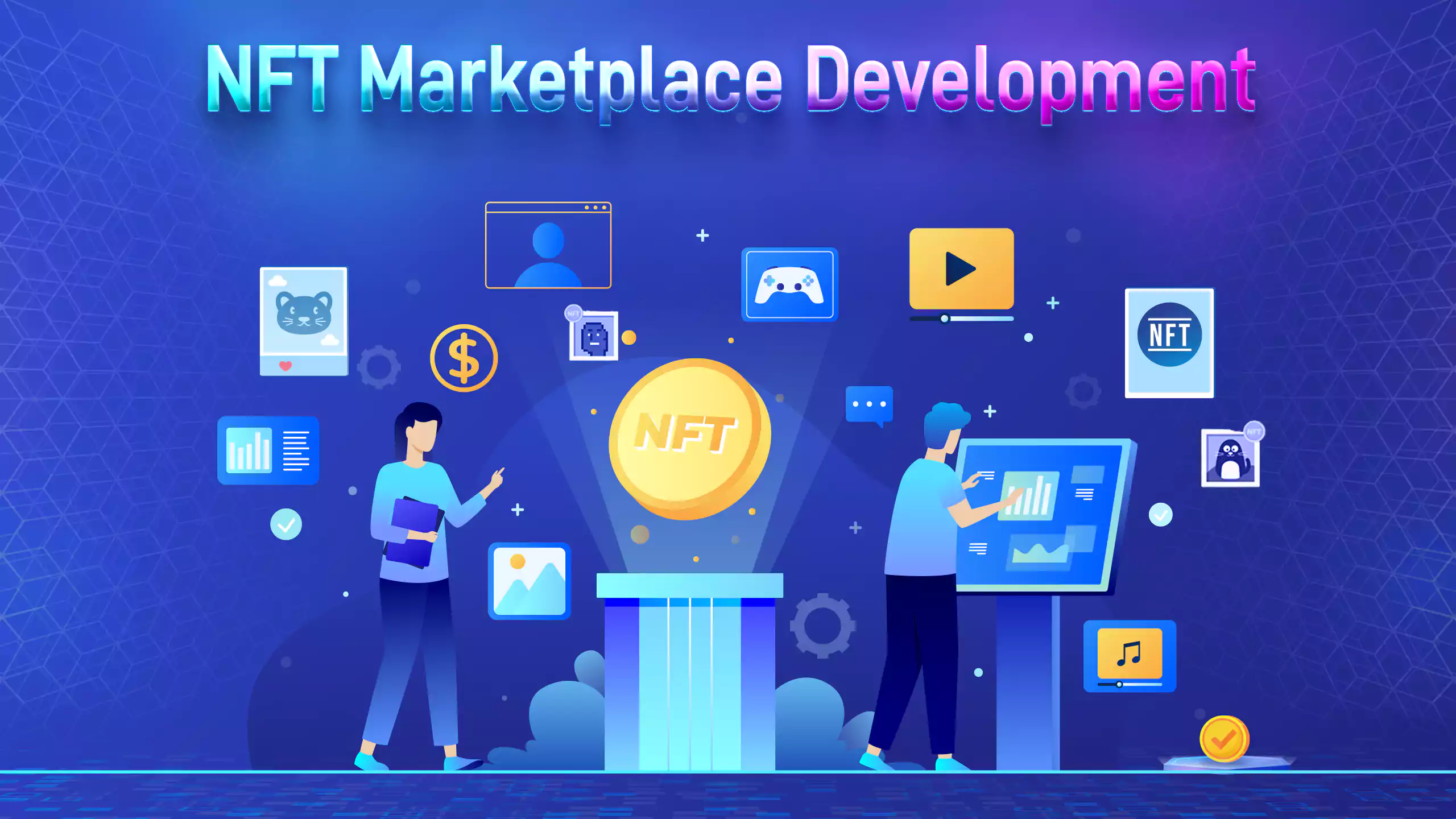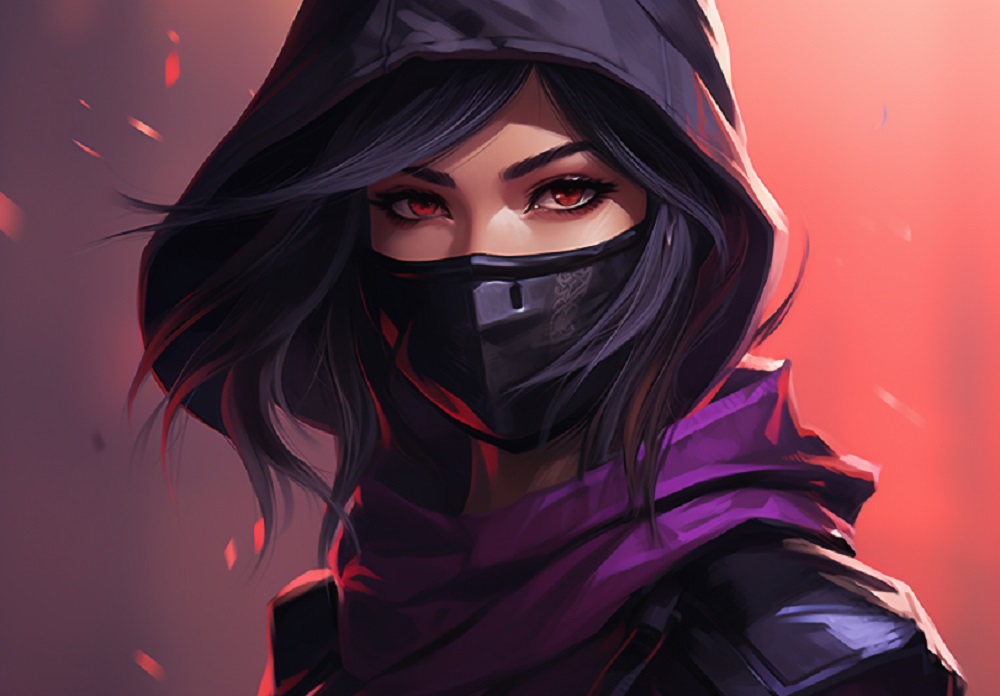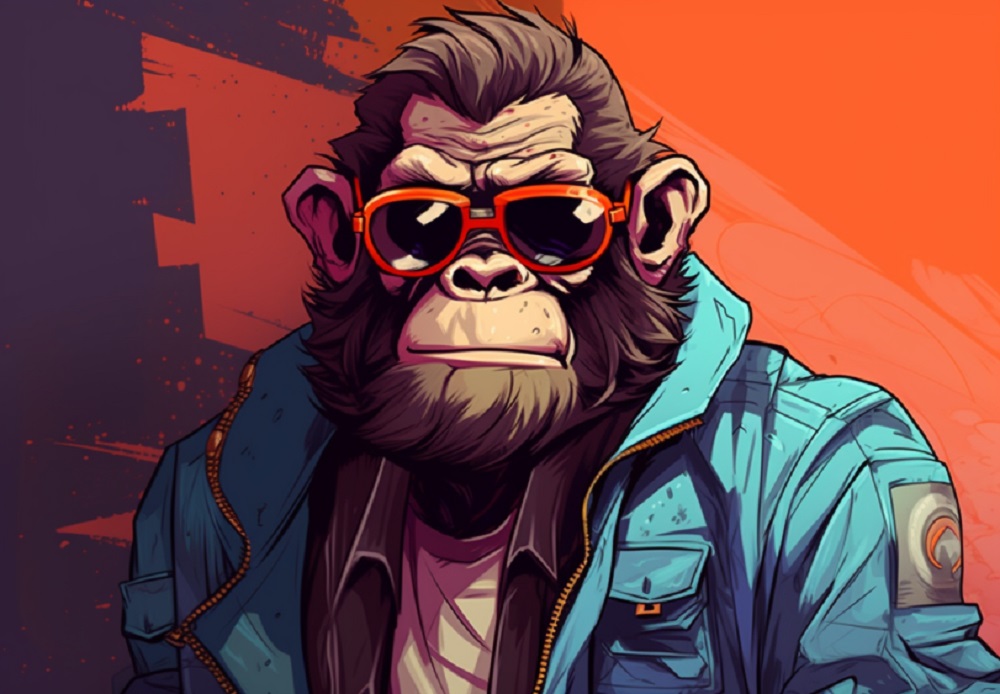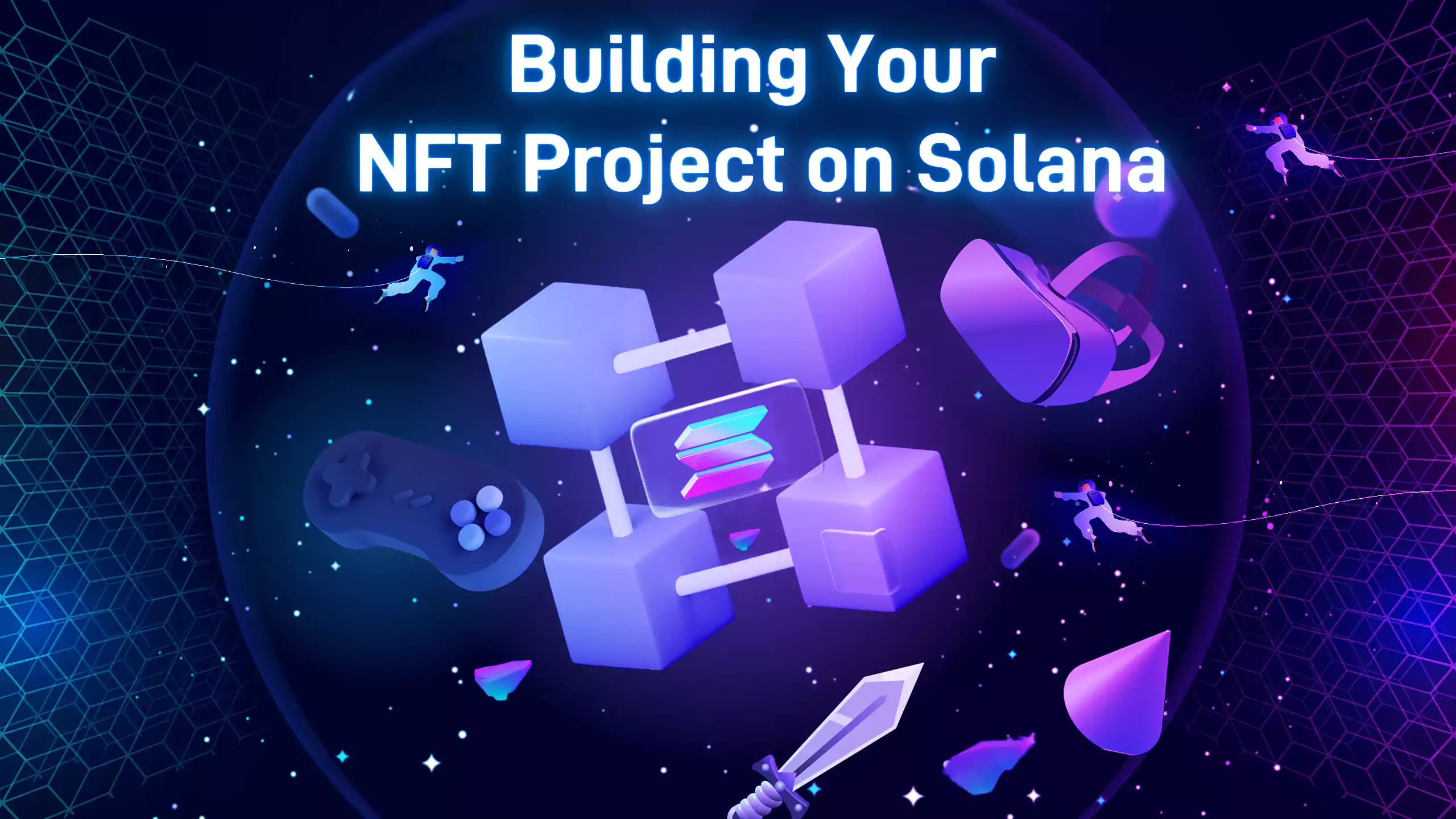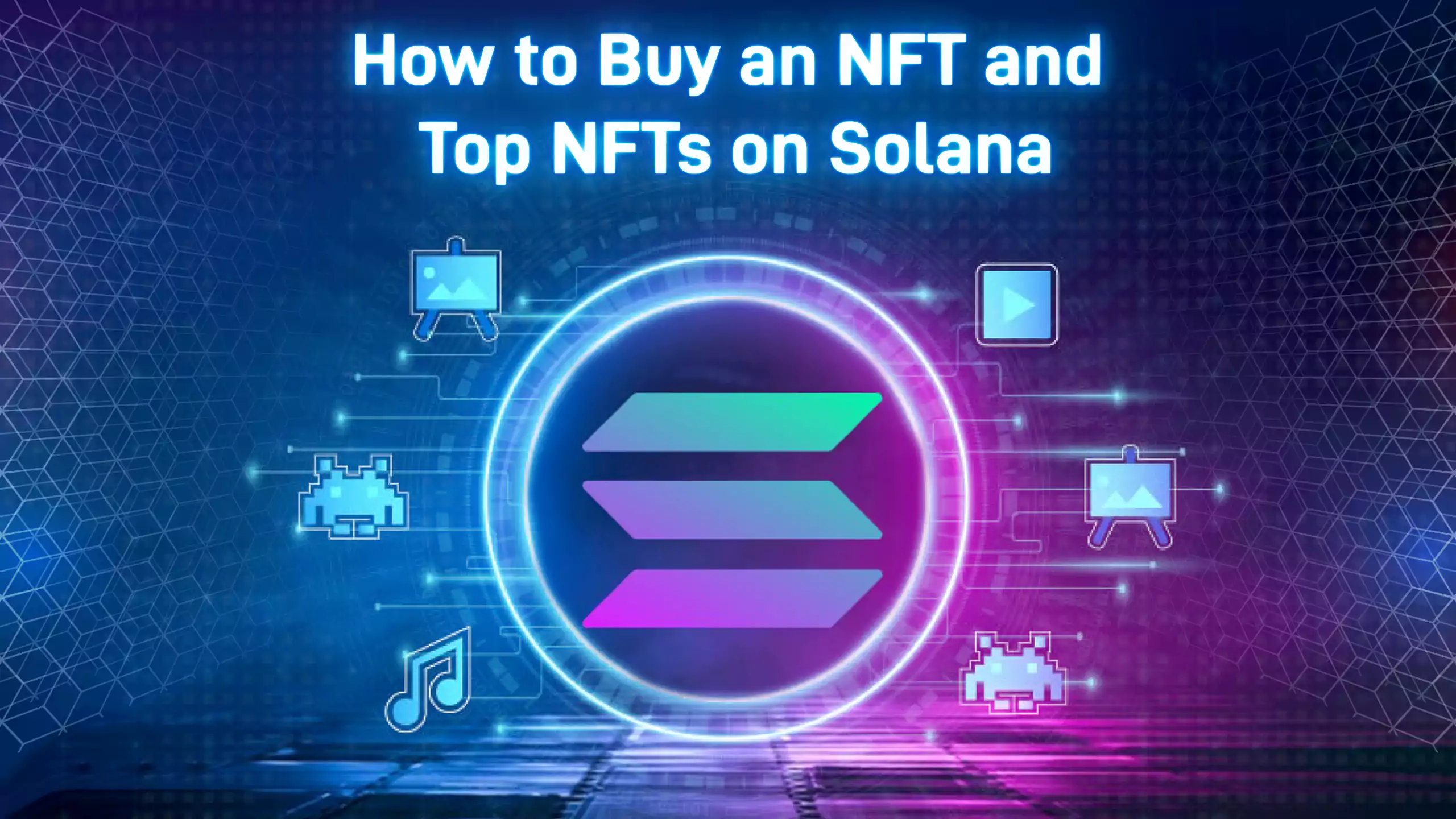In 2021, the NFT market grew to $41 billion, with the total trading volume rising by a whopping $704 in the first and second quarters of 2021. This isn't surprising; after all, 250,000 owners trade NFTs each month on OpenSea alone. For many, NFT is a straight ticket to wealth and fame, and numerous examples and success stories abound to spur you to give NFTs a shot.
At the same time, the rise of NFT has fueled the popularity and profitability of NFT marketplaces, with many seeking to develop NFT marketplaces like Opensea and enjoy their share of the lucrative NFT ecosystem. If this sounds like you, please keep reading. This article discusses all you need to develop an NFT marketplace.
Ready? Let's dive in.
What is an NFT Marketplace?
An NFT marketplace is a DeFi platform that enables you to trade NFTs. The marketplace allows you to buy or auction NFTs at a fixed rate, depending on the niche or nature of collectibles you can trade on the platform.
The marketplace could be for general or specific collectibles such as OpenSea, famed for trading all sorts of NFTs, and AltairNFT known as a video NFT marketplace, where users can stream premium live or recorded content and videos from virtual events and concerts as NFTs.
There's a higher demand for niche marketplaces than general ones, primarily because they specialize in a particular type of collectible or artwork and attract the target audience or demographic.
The following are the leading NFT marketplaces to source inspiration:
· OpenSea
· Rarible
Developing a marketplace will require setting up a blockchain platform, integrating your preferred digital wallets, designing a user-friendly app interface, and building smart contracts.
In the main, prepare a budget between $100,000 to $500,000 on average from ideation to launch. And depending on the project management techniques, the timeframe may cover 4 to 6 months.
Whether it's artworks, tickets, music, video, or gaming, you will find Ethereum, Cardano, Polygon, and Binance Smart Chain as excellent blockchain options for your NFT marketplace.
Let's take you through the essential steps to building an NFT marketplace.
Essential Steps to Develop an NFT Marketplace
The following are steps to consider when building your NFT marketplace:
1. Decide on a Niche
Choosing a niche for your NFT marketplace puts your development plans into a clearer perspective. Having made this decision, you can then proceed to discuss with your developer and design blueprints and the timeframe the project will require.
Experts advise that vertical markets are better than horizontal ones as they cater to a particular group rather than offering diverse categories of customers.
2. UI/UX Design and Front-end Development
Your project's UI/UX design can be its greatest undoing if proper care is not taken. For a complex platform like the NFT marketplace, your UI must be friendly and straightforward. It should project the quality and usability of your marketplace, so the design must be attractive and functional.
Remember to opt for a reliable framework when it's time to execute your platform's front-end development. Take your time to hire a professional NFT developer specializing in your niche.
3. Deploy a Smart Contract Token Generator
Back-end development is different when building an NFT marketplace. Most of the data you'd need is already on the blockchain, so you'll need a smart contract token generator to access it. If you want to spice things up, you can develop an internal logic and pass it to that section of the platform.
4. Examine and Deploy
This is the most critical part of your NFT marketplace development. At this stage, the goal is to fish out and resolve possible errors and backlogs and confirm that the project is running perfectly.
Post-launch assistance will help minimize bugs and fix logical flaws while helping you finalize that superlative and efficient marketplace you've set out to build.
What are the Components of an NFT Marketplace
Now that we've gone through the steps, we'll proceed to the components of an NFT marketplace.
1. A Storefront
A storefront is like a dashboard on a platform. It includes options like bids, owners, previews, price history, etc. In the case of an NFT marketplace, it serves to provide users with all necessary data about an asset.
2. Advanced Token Search
When customers seek information about a particular token on your platform, it will help to incorporate a system that provides every possible bit of information in a flash. This is what an advanced token search does.
With minimal effort, users can sort through different options, whether for arts, memes, music, videos, etc. Remember, customer satisfaction is key; with advanced token search, you can have that on lock.
3. Filters
Like advanced token search, filters play a crucial role in user experience. It simplifies and organizes the stream of information that gets to the user, making navigating the website or app easier.
Adding a filter feature in an NFT marketplace allows users to customize their experience in terms of listing status, category, due time, payment method, etc.
4. Create Listings and Listing Status
Listing is a means of displaying the digital collectibles your users want to create, send or sell. As such, making it fun and easy to navigate is highly essential. The page should, with minimal effort, allow users to submit files and include a textbox to type in the product description in detail to incorporate the title, tag, and description.
It should also include a listing status for collectible verification for products that have passed the authentication process.
5. Bid and Purchase
Your NFT marketplace should be designed to enable smooth bidding and purchase of digital collectibles. This platform should incorporate a validity date and allow users to see the real-time status of the collectible listed for auction.
6. Wallet
Wallets allow users to send, receive or store NFTs and cryptocurrencies. You may decide to create a wallet for your marketplace or integrate third-party wallets like Coinbase, MyEtherWallet, or Formatic into your network.
7. Reviews/Rating
Reviews or ratings enable a decentralized quality control system on your platform. This feature allows users with zero NFT trading experience to navigate the platform safely and make better choices. The ratings on a seller's activity help us assess their credibility and the quality of their products.
Conclusion
While the idea of developing an NFT marketplace may sound juicy, you'll need to consider several factors. The integrity of the process will primarily determine the growth potential of your NFT marketplace.
Therefore, the execution must be guided by the highest standards of transparency, security, decentralization, battle-tested smart contracts, and a reliable monetization model. With all these in place, your NFT marketplace will be set to take over the NFT industry.

